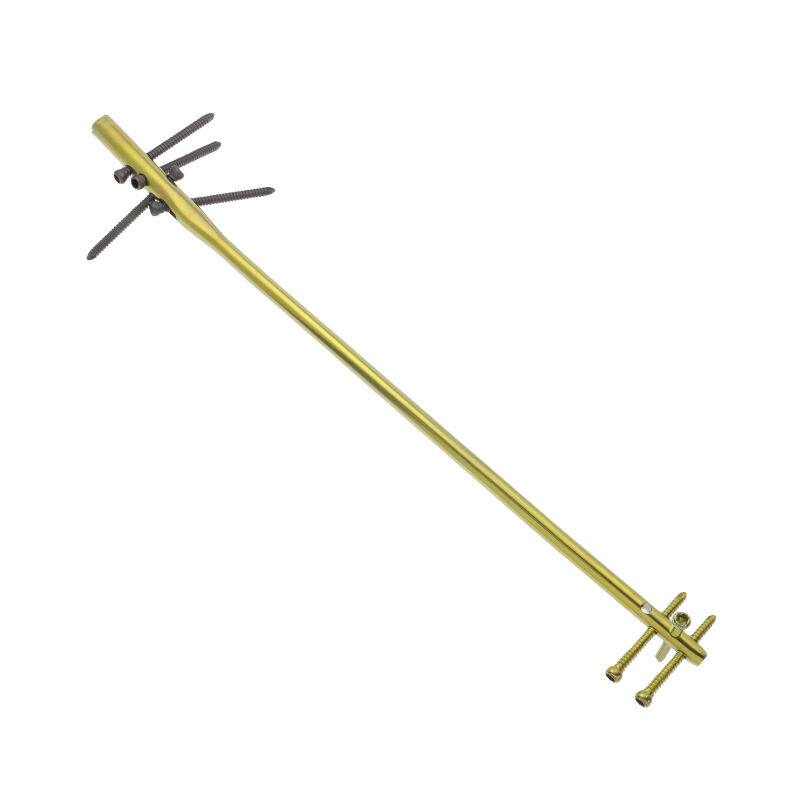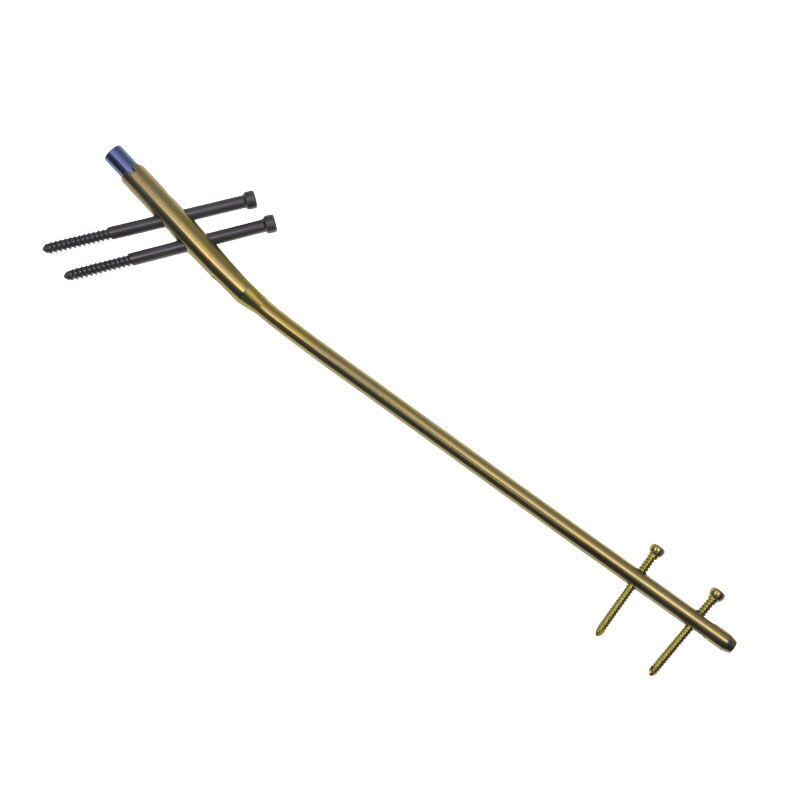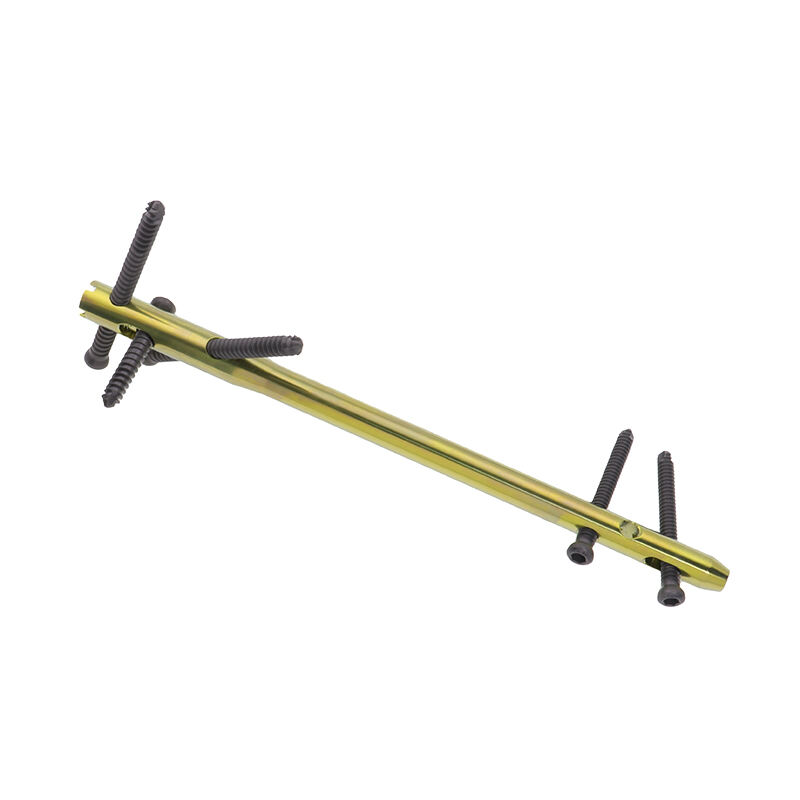intramedullary nail radius ulna
The intramedullary nail radius ulna represents a significant advancement in orthopedic surgical technology, specifically designed for treating fractures in the forearm bones. This innovative fixation device provides internal stabilization for both radius and ulna fractures, enabling optimal healing conditions while maintaining anatomical alignment. The nail features a precisely engineered design that accommodates the natural curvature of forearm bones, incorporating multiple locking options for enhanced stability. Manufactured from biocompatible materials, typically titanium alloys, these nails offer excellent strength-to-weight ratio and biological compatibility. The system includes various diameter and length options to accommodate different patient anatomies, ensuring a customized fit for optimal treatment outcomes. Advanced features include guided targeting systems for precise screw placement, specialized insertion instruments, and anatomically contoured designs that respect the internal architecture of the bones. This treatment method has revolutionized forearm fracture management by providing a less invasive alternative to traditional plating techniques, while maintaining robust fixation capabilities. The technology incorporates sophisticated locking mechanisms that prevent rotation and maintain length, crucial factors in achieving proper healing and restoration of forearm rotation.


